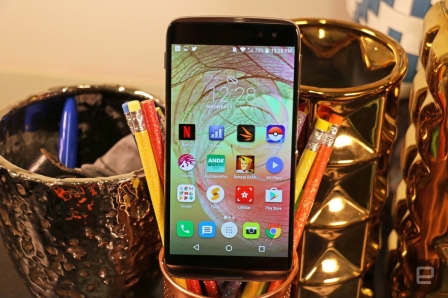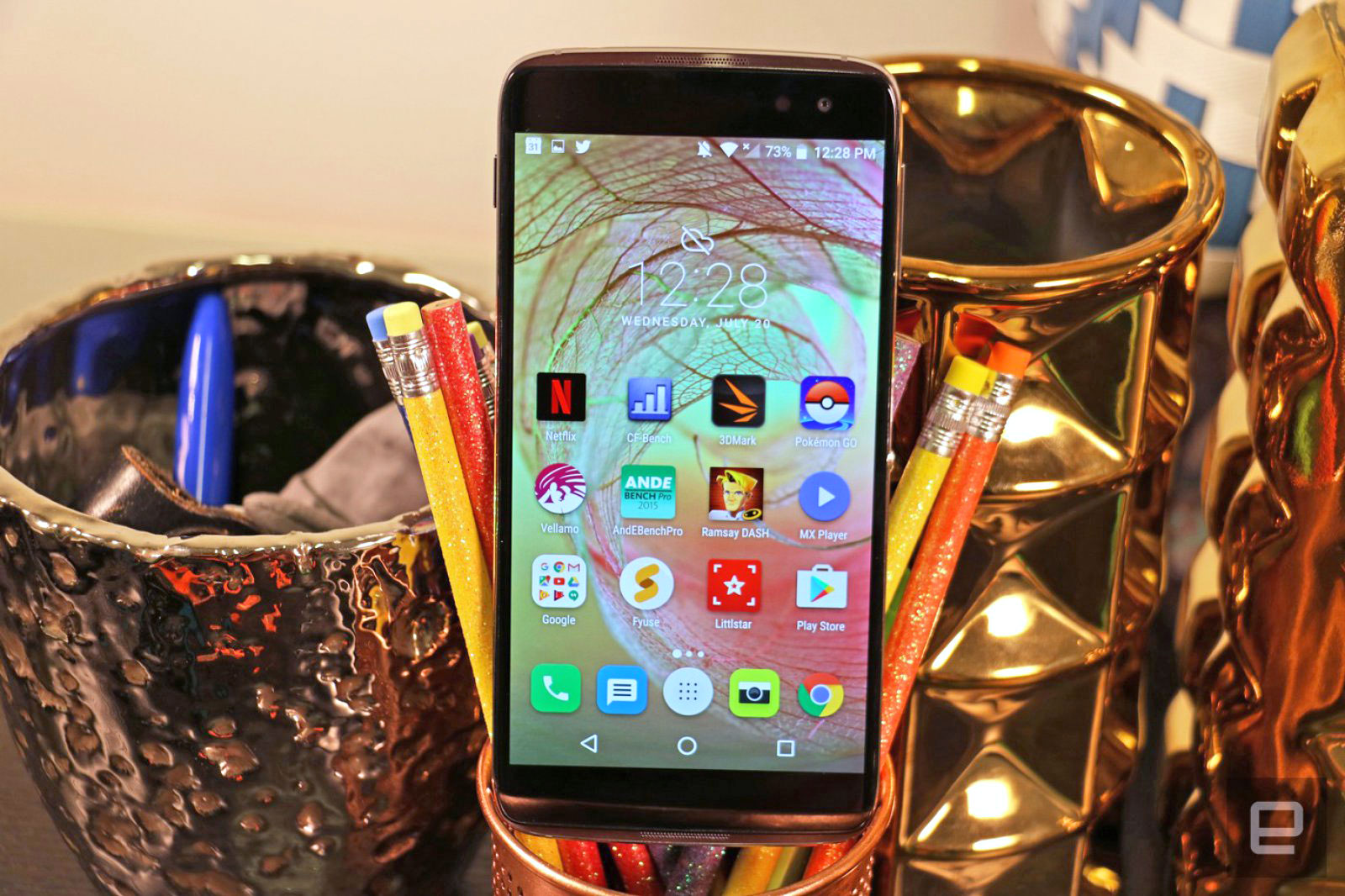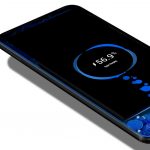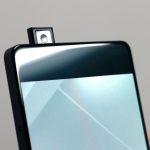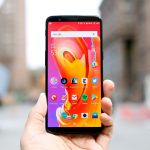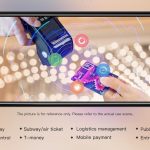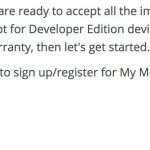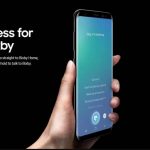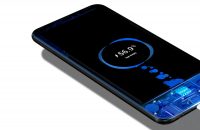Alcatel’s Idol 4S bundle is an affordable way to try out VR
This is the year of virtual reality. With the most eagerly anticipated headsets finally becoming available and many content makers creating VR material, 2016 marks the year the medium is starting to go mainstream. Alcatel is looking to make it easier to embrace virtual reality by bundling a headset with its latest flagship, all for an impressively low price of $399 ($350 if you preorder). As the first phone to ship with its own VR Goggles, the Idol 4S already stands out for its value. It also has some respectable specs in its own right, including a Quad HD display, two-way speakers and sharp 16-megapixel camera. It’s even got a glossy new makeover. But hitting that price means Alcatel had to make some trade-offs, with the most notable being the CPU. Still, it’s a good phone for those who can live with middling performance.
Engadget Score
Pros
- Included VR goggles
- Affordable
- Loud, two-way speakers
- Bright, roomy display
Cons
- Not as fast as competing phones
- Camera struggles in low light
Summary
The Alcatel Idol 4S’ biggest selling point is not what came in the box, but the box itself, which doubles as a VR headset. The $350 (pre-order price) device comes with its own VR viewer so you can immediately start exploring immersive content when you get it. If not for the bargain of a bundle, the Idol 4S would have a hard time standing out from other, better-performing phones in this price range.
Hardware

Props to Alcatel for its effort, and for generally succeeding in upping its style game. While last year’s Idol 3 had an unexciting, unassuming look, the 4S is the slick, dressed-up sibling. Its glass-covered body and shiny metal edges are a step up from its predecessor’s bland plastic back. But that style is strongly reminiscent of the Galaxy S6. Sartorially, Alcatel isn’t pushing any envelopes here; it’s still playing catch-up.
There’s nothing new about the Idol 4S’s flat, blocky frame and its 5.5-inch AMOLED display. Even its charging port on the bottom edge is of the older micro-USB variety, as opposed to USB Type-C.
Still, that doesn’t mean the Idol 4S isn’t a handsome handset. Just watch out: That glass covering is a heck of a fingerprint magnet. You’ll need to wipe it down frequently to keep the phone looking pristine.
Gallery: Alcatel Idol 4S review | 18 Photos
I also wish Alcatel had gone with physical or capacitive navigation buttons below the Idol 4S’s screen, instead of relying on the software keys in Android. Those digital buttons take up a row of display space, and disappear whenever I play a game or full-screen video.
On the right side sits a round silver button that Alcatel calls the “boom key.” You’ll also find a circular fingerprint sensor etched into the Idol 4S’s rear, right under the camera. This placement is designed to be easy for your finger to reach while the phone is in use, but it’s not the easiest to find by touch, because the area isn’t depressed like it is on other phones.
VR box
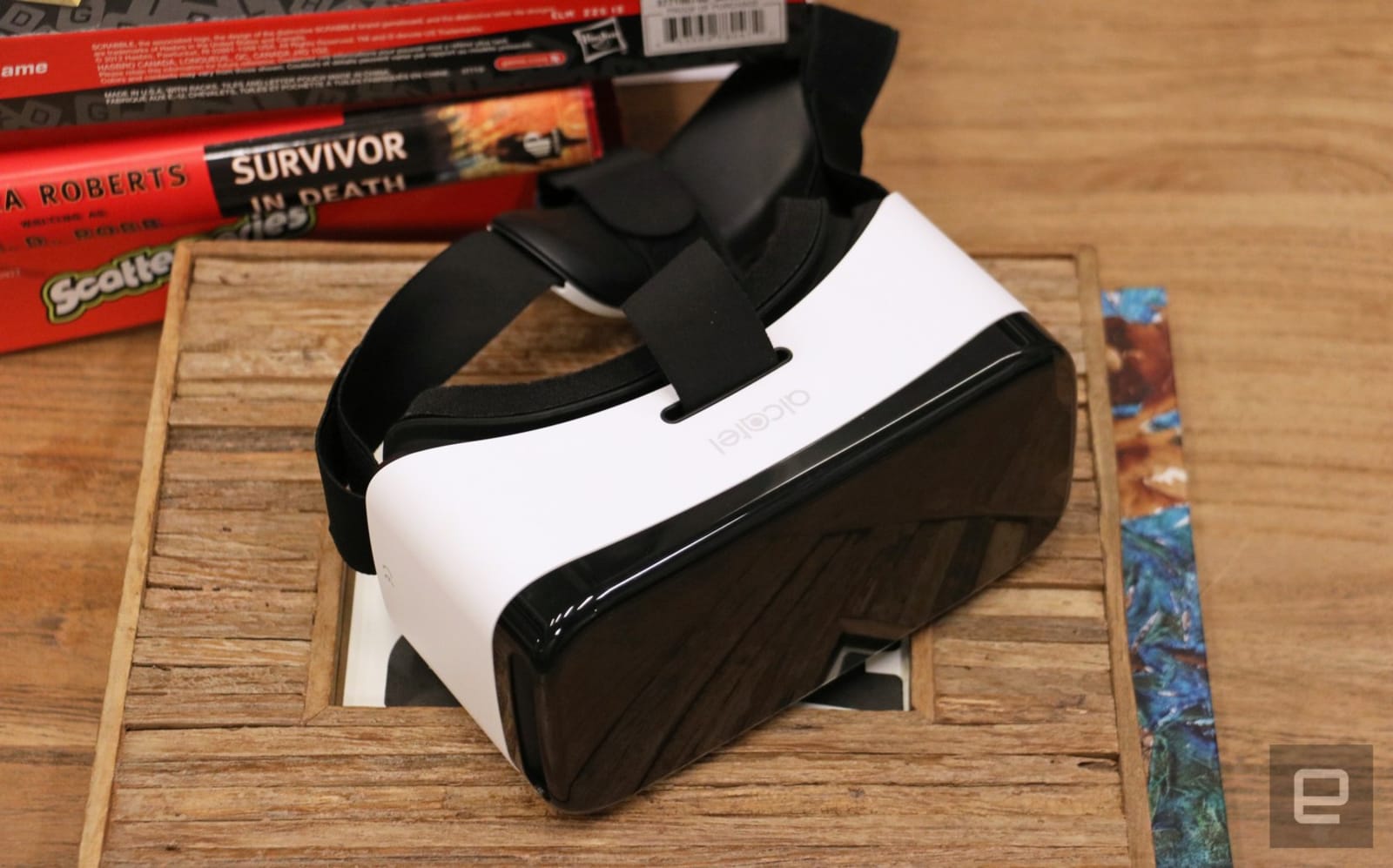
When you first open the Idol 4S packaging, you’ll find a white rectangular box with a silver circle on the bottom. Press that, and you can pull apart the whole setup. The top half is the headset, which at first blush looks nearly identical to Samsung’s Gear VR, while the bottom half is a case that contains accessories.
The Idol 4S VR Goggles (yes, that’s the official name) differs from the Gear VR in a few ways. Alcatel placed its controls on the bottom of the viewer, as opposed to on the right edge like Samsung. The Idol 4S also comes with an extra headpiece to help the headset sit more comfortably on your head.
Most important, Alcatel’s system is based on Google’s Cardboard, whereas Samsung’s is the result of a collaboration with Oculus. Those who have never used the Gear VR probably won’t notice the difference in quality, but since I’ve spent a good deal of time with both, it’s clear to me that the Alcatel viewer is not as immersive. I’ve never noticed pixels when using the Gear VR, but a few minutes into a 360-degree video on the Idol 4S VR Goggles I started spotting the fine dots.
Otherwise, the headset, which is spongy around the eyes, feels light and comfortable enough to wear for extended periods. If you wear glasses, putting the goggles on may be a hassle, but it’s not much more difficult than with other setups.
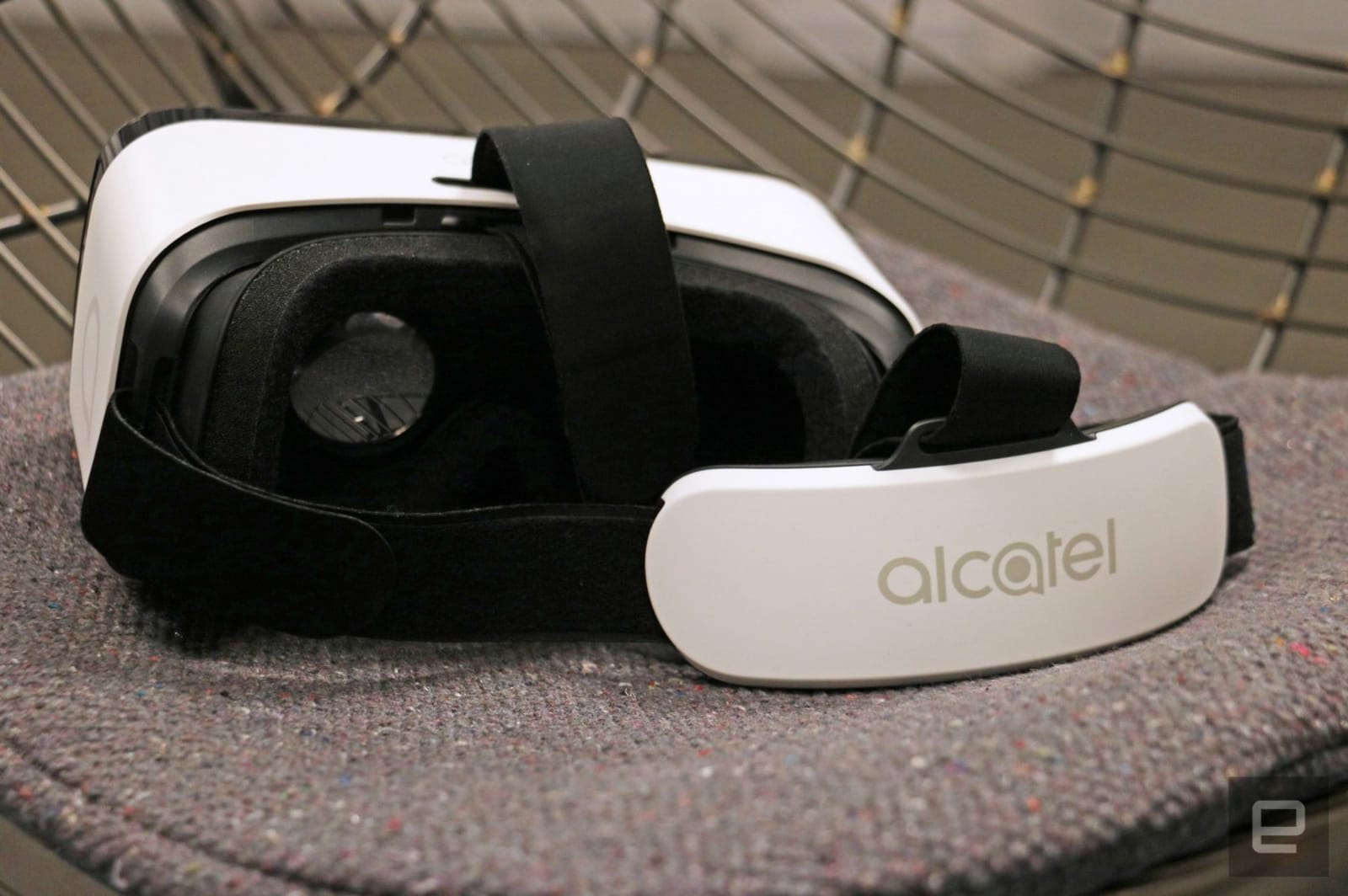
Alcatel provides a VR launcher app that serves as your gateway to compatible content. With it, you get a basic navigation menu with seven tiles floating in a horizontal row over a starry backdrop. These icons let you see games, regular pictures and videos, 360-degree images and videos, a tutorial and Littlstar.
The latter is a third-party provider of VR video content from channels such as ABC News, Discovery VR, Showtime and other independent brands. Its offerings are mostly short, entertaining clips that occasionally look suspiciously like promotional material for those brands’ upcoming shows. In the week that I’ve had the Idol 4S, though, the Littlstar library doesn’t appear to have been updated with new stuff. But to be fair, neither Alcatel nor LIttlstar promises frequent additions to the selections.
Thankfully, Littlstar isn’t the only way to get good VR content on the Idol 4S. You can also go into the VR store app or find more media through Google’s own apps for Cardboard section. Unfortunately, the Idol 4S isn’t certified for Google’s Daydream mobile VR platform yet, so it might not be forward-compatible with upcoming media. Still, for the price, the Idol 4S Goggles and the basic content Alcatel offers is an easy and accessible way to dip your toe into virtual reality.
Display and sound
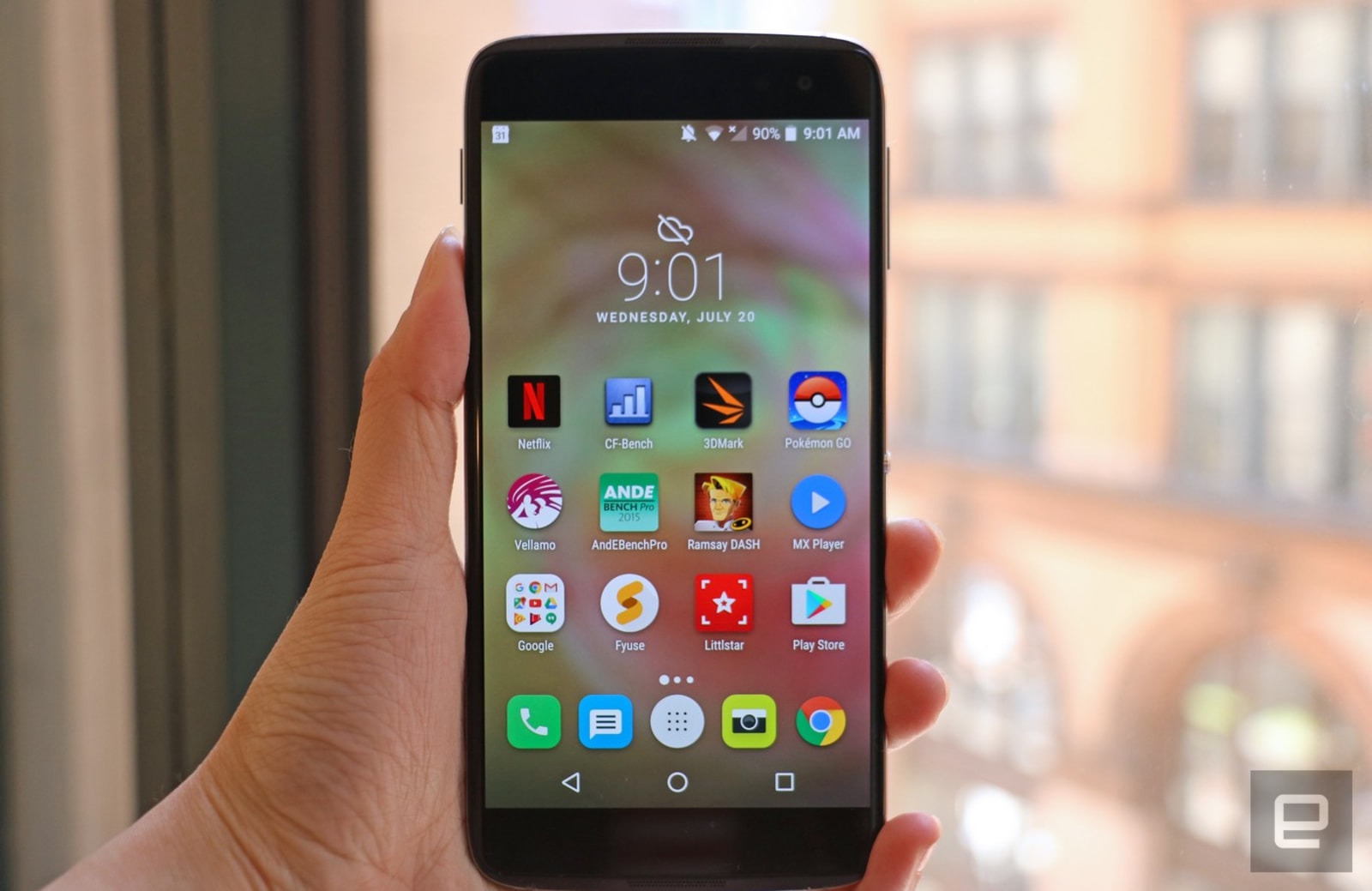
Just like its predecessor, the Idol 4S has a bright panel that’s easy to see even in direct sunlight. Its 5.5-inch Quad HD AMOLED display is vibrant and sharp, which makes watching Netflix and playing games more immersive. Colors looked more saturated than I’m used to on my iPhone 6s screen. Even though I did eventually start noticing pixelation in VR content when looking through the viewer, high-res videos generally appeared crisp on the phone itself.
One other novelty in the Idol 4S is its dual JBL-certified speakers that pump out sound through both the front and back of the device. This prevents muffling of the audio when you put your phone down on a surface, and worked surprisingly well on both an office table and my bed. I noticed slightly clearer echo when the phone was face up rather than down, but the difference isn’t noticeable unless you go looking for it like I did.
The Idol 4S’s speakers were also satisfyingly loud, and I never had to struggle to hear it at top volume. The included Waves MaxxAudio app lets you change sound profiles for specific situations such as Music, Movie or General. You can also customize the output of bass, treble and revive, but, in general, I left these settings alone.
Software
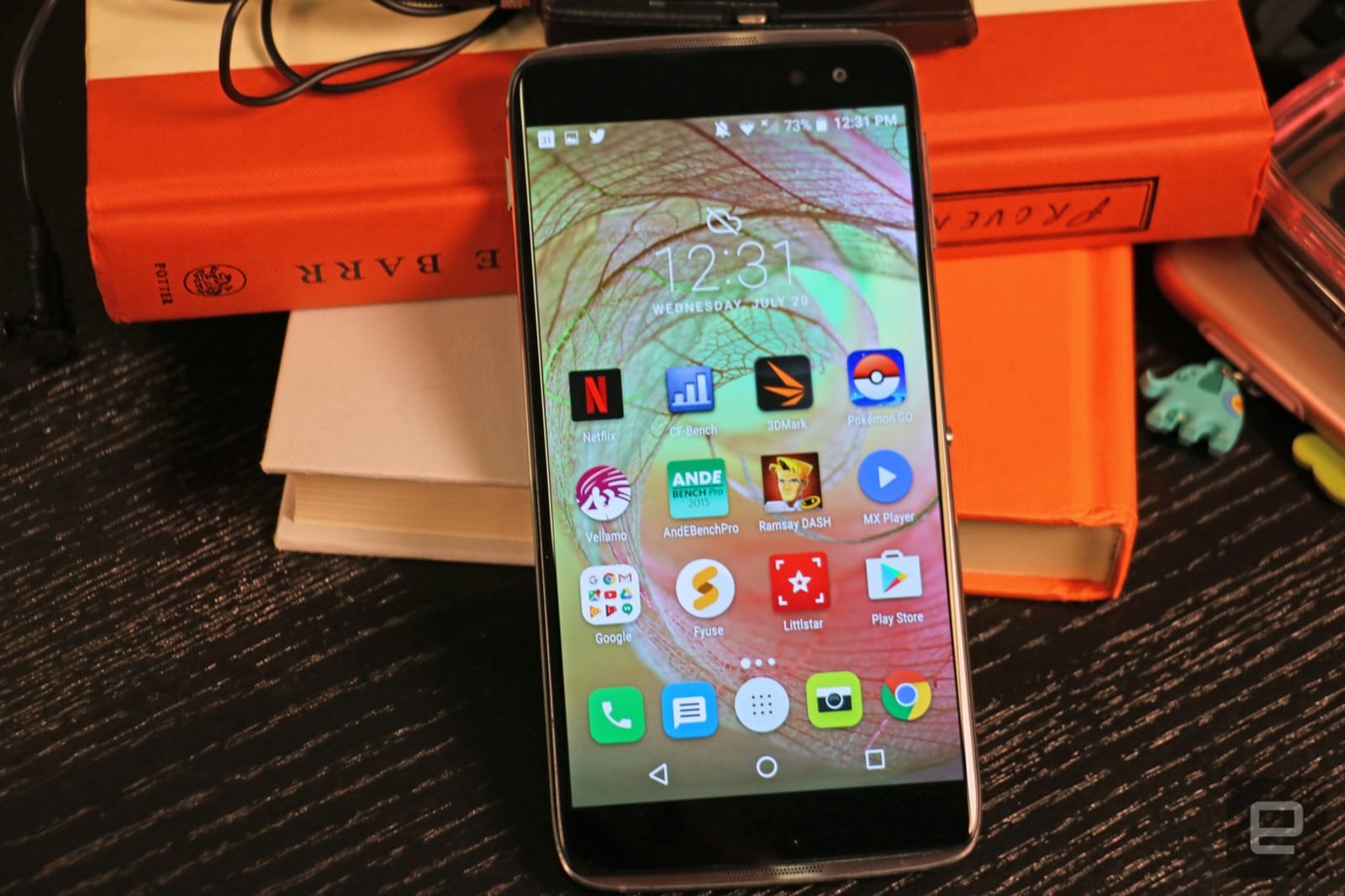
Like any respectable phone being launched this year, the Idol 4S ships with Android 6.0.1 Marshmallow. The company said an update to Android Nougat is on its way, although it hasn’t given a timeframe yet.
As is its habit, Alcatel has skinned the otherwise stock OS with the company’s own icons for apps such as Messages, Dialer, Camera and Contacts. This cartoonish look won’t be for everyone, but it’s simple enough to resolve with a theme download.
A new feature for the Idol line is the aforementioned Boom key on the device’s right side. Pressing this in specific apps launch specialized tasks, such as activating photo collages in the Gallery, volume and bass boost in a music player, enhanced surround sound in a video playback and improved voice quality and loudness during a call. These are preset in the software, and you can’t change them or add more, but you can customize what pressing (or double pressing) the Boom key does when the phone screen is off and on.
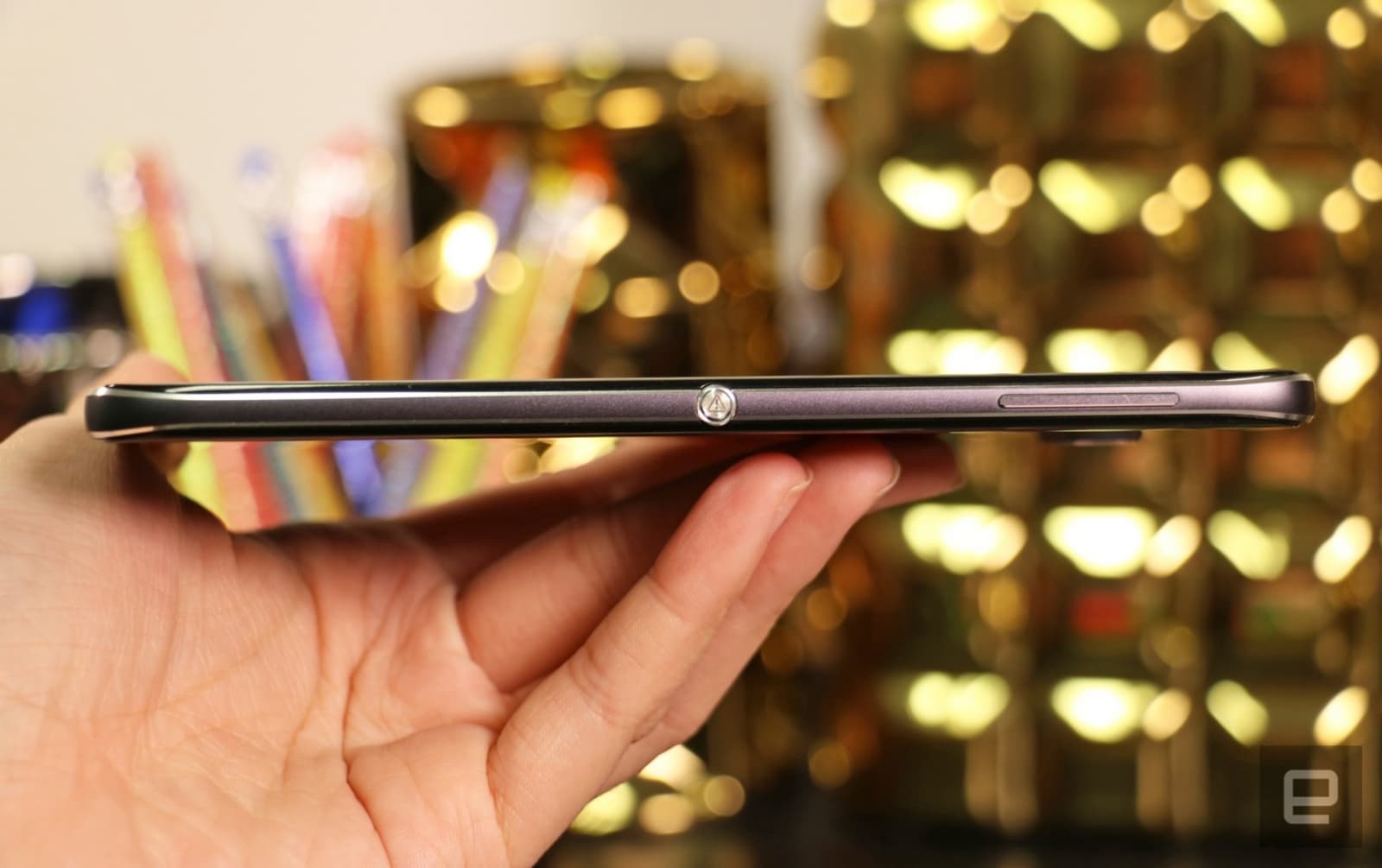
The in-app Boom functions are hit or miss: I didn’t ever need photo collage mode when viewing my Gallery, but I found the volume boosts very handy. I also liked being able to open a specific app of my choice with one press while the screen is on.
Thankfully, not much bloatware comes loaded on the Idol 4S. In addition to the VR apps mentioned earlier, Alcatel also includes its fun Music app that has a Mix mode for turntable-style DJ-ing on the go. You’ll also get useful titles such as Facebook, Twitter and Whatsapp, and the just-tolerable NextRadio and Swiftkey.
Camera
Gallery: Alcatel Idol 4S camera samples | 20 Photos
The Idol 4S’s 16-megapixel rear camera took decent shots that weren’t superexciting, but what did impress me was the HDR mode. First of all, turning on HDR may make snapping a pic a tad slower, but it made pictures significantly more colorful and vibrant, while retaining an impressive amount of detail. If you’re shooting a landscape and want some extra oomph, I’d recommend enabling HDR to really bring out all the hues.
Outdoor shots aside, the Idol 4S was also adept at capturing scenes inside buildings. In these situations, however, white balance can be a bit finicky. Alcatel lets you adjust this in manual mode, and you’ll also find options for Panorama, Slow Motion and Micro Video (a la Apple’s Live Photos).
In addition, you get a “Fyuse” mode for taking 360-degree panoramic videos, which you can view as a picture. It’s a little difficult to use, and that’s after a software update Alcatel issued with bug fixes. The camera often had trouble detecting the direction I was moving in and failed to record the video. When it did work, the resulting Fyuse video is basically a video that you can play by dragging on your screen or moving your phone in the corresponding direction.
In low light, the Idol 4S struggled to get a steady shot. Turning on the flash will help get clearer pictures, but it added a yellowish green hue. Until a software fix is issued, don’t expect many great photos at night.
Selfies are decent once you turn down the portrait enhancement to avoid looking muddy and fake. Unlike many other phones with so-called selfie flashes, the Idol 4S actually has a separate bulb next to the front camera to light up your portrait, instead of using the phone’s display. This selfie flash was strong enough to light up my shirt in addition to my face, while still keeping the accurate colors intact.
Performance and battery life
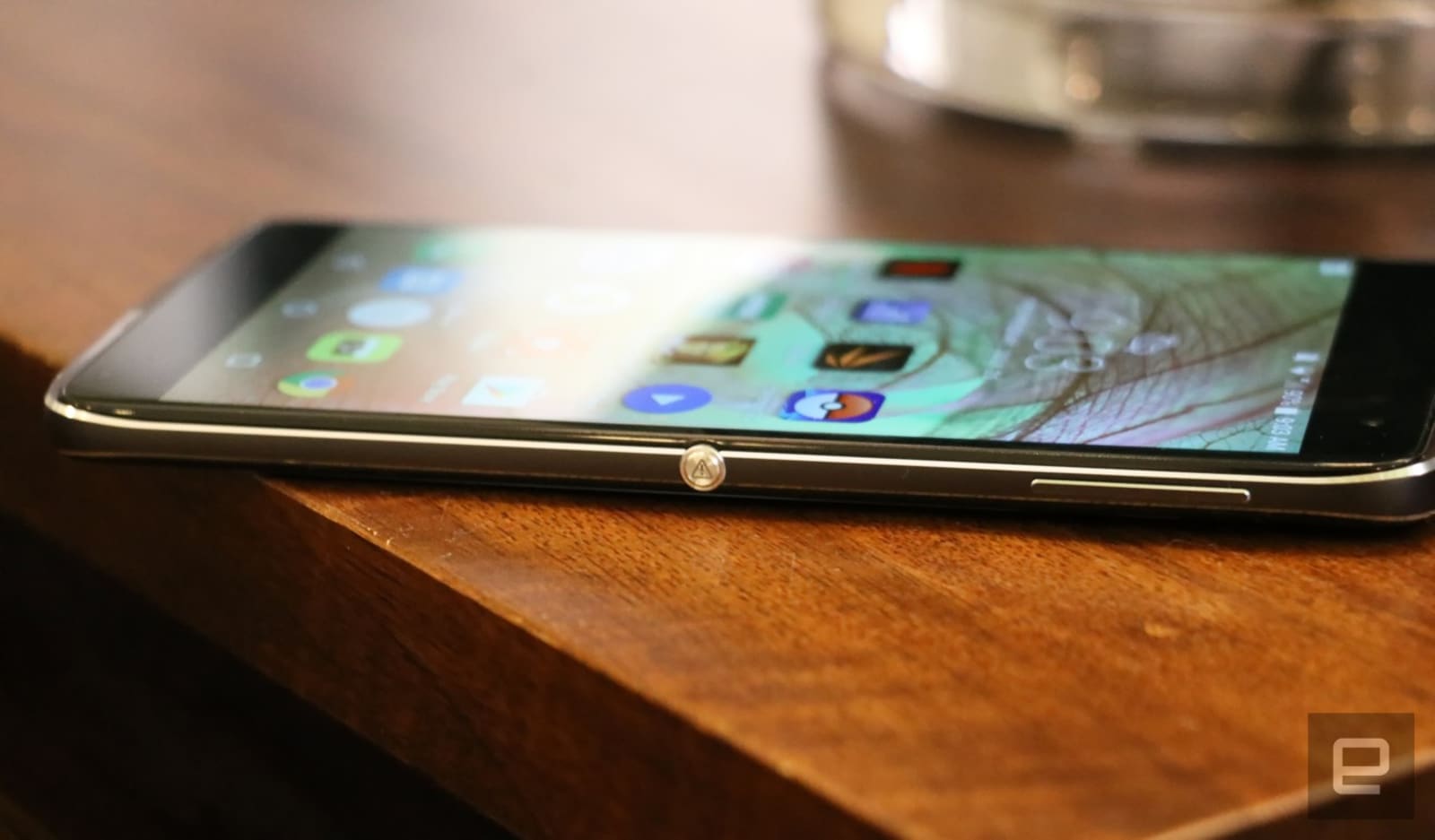
As an iPhone 6s owner and a reviewer of high-end devices, I’m used to blazing speeds and have little tolerance for lag. As such, I was expecting the Idol 4S with its midrange Snapdragon 652 chip to be noticeably slower than I’m accustomed to. I was pleasantly surprised, then, when the Idol 4S held up well under my torture test, during which I had AZ Screen Recorder capturing my Pokémon Go battles with a handful of other apps open.
The resulting video was smooth and had no dropped frames, while my in-game experience was close to (just slightly slower than) what I see on my iPhone without a screen recorder running. I did encounter the occasional stutter and pause, and the phone struggled when I tried to run two games concurrently with the screen recording, crashing when a Hangouts message arrived. Not the best for someone in the middle of an intense high-stakes battle for Pokéstop territory.
More-expensive phones fared better than the Idol 4S on synthetic benchmarks in general, especially when it came to graphics. But the OnePlus 3 stands out, beating the Idol 4S on all but one test despite costing the same.
| Alcatel Idol 4S | OnePlus 3 | Moto G4 Plus | Moto G4 | |
|---|---|---|---|---|
| AndEBench | 9,742 | 13,841 | 16,371 | 16,159 |
| Vellamo 3.0 | 4,831 | 5,202 | 2,819 | 2,762 |
| 3DMark IS Unlimited | 18,051 | 30,058 | 9,851 | 9,841 |
| GFXBench 3.0 Manhattan Offscreen (fps) | 15 | 48 | 6.6 | 6.6 |
| CF-Bench | 75,760 | 41,653 | 60,998 | 61,030 |
Still, the Idol 4S’s performance is impressive for a phone that is using a slower chip than the top-of-the-line Snapdragon 820 that all the high-powered flagships are packing.
The Idol 4S’s 3,000mAh battery provided ample power to last through the day. It lasted 10 hours and 41 minutes on our battery test, which involves looping an HD video at 50 percent brightness. That’s nearly an hour longer than what we saw on the OnePlus 3, although it pales in comparison to the Moto G4’s 12-hour-and-30-minute runtime.
When you run out of juice, recharging is swift, thanks to support for Qualcomm’s Quick Charge 2.0 standard. Within 15 minutes of plugging the device in, I saw the power level go up to 33 percent. By the time an hour had passed, the phone was back up to 84 percent.
The competition
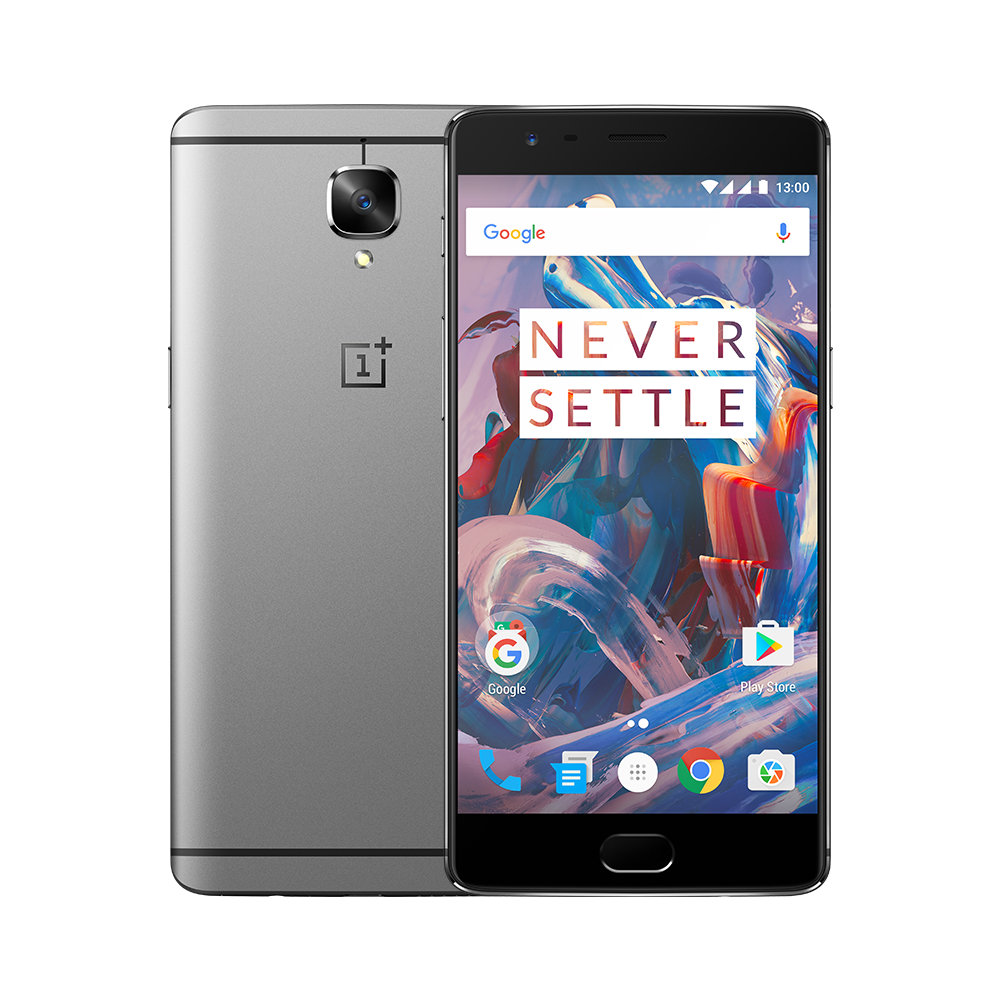
With a retail price of $399, the Idol 4S goes up directly against the OnePlus 3 and ZTE Axon 7. Although we’ve yet to review the Axon, its Snapdragon 820 chip with 4GB of RAM, Quad HD AMOLED display and sexy frame already make it seem like the more promising phone for power users. Plus, ZTE says the phone will be compliant with Google’s Daydream mobile VR platform by the fall, making it a worthy consideration for virtual reality fans.
We really liked the OnePlus 3’s performance, handsome build and clean Android-based system with bonus features. It even has a USB Type-C charging port, which will delight early adopters who have already made the switch to the reversible cable. However, the OnePlus 3 has a less-sharp 1080p screen and didn’t last as long as the Idol 4S on our battery test.
If you’re looking for an even cheaper phone than the Idol 4S, Moto’s new G4 and G4 Plus pack plenty of power and more stamina for a low starting price of $200. The G4 Plus also offers better low-light camera performance than the Idol. But the trade-off is a more basic design and lower-resolution screen.
All that considered, no other company has started shipping a VR headset in and as the box of its smartphone, which leaves Alcatel with its unique proposition: Come for the aggressively priced bundle, stay for the intro to VR. And in the meantime, you may discover that the Idol 4S itself is a perfectly adequate phone.
Wrap-up
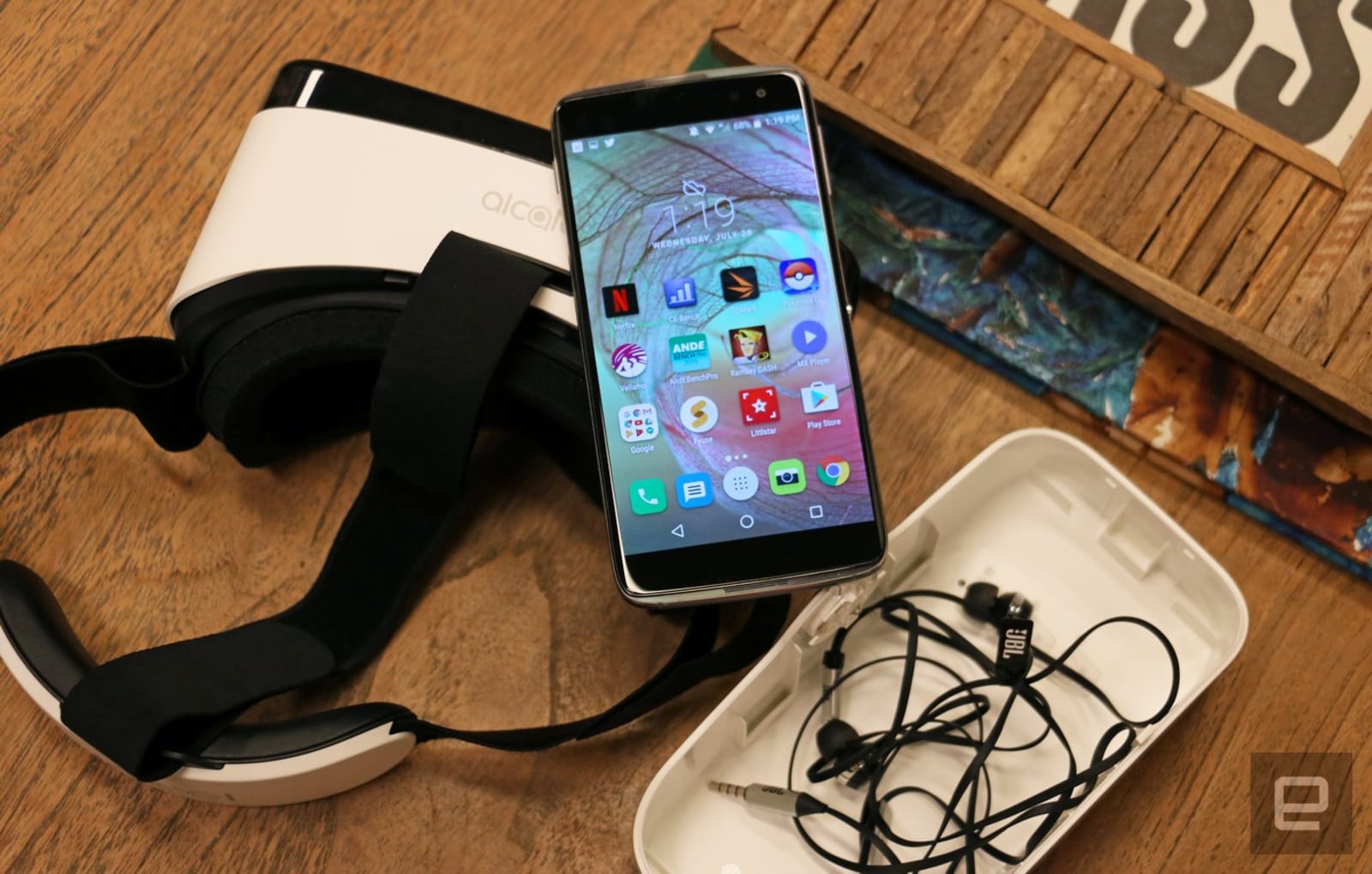
The Idol 4S is not the sort of fancy handset you’re likely to brag about to your friends, but you’ll definitely want to show off the VR bundle. The 4S may not be the fastest phone around, but its combination of rich display, superb speakers, long-lasting battery and decent cameras make up for the shortfall in speed. Alcatel needs to improve the main camera’s low-light capabilities, as well as build out more extensive library of VR content, potentially through Daydream.
Ultimately, you can’t argue against good value. The truth is, if you order the Idol 4S for $350 before Aug. 3rd, it is the best deal on the market. Miss that deadline, and you’ll have to be more invested in VR than the average buyer, but not so keen that you need a top-notch experience. The Idol 4S’s success will depend on the size of that crowd, and its ability to keep that group engaged.
(48)

